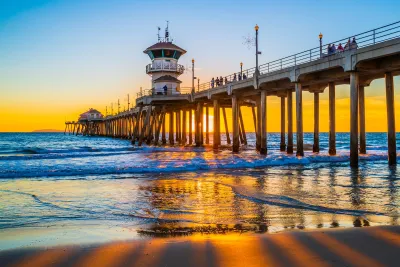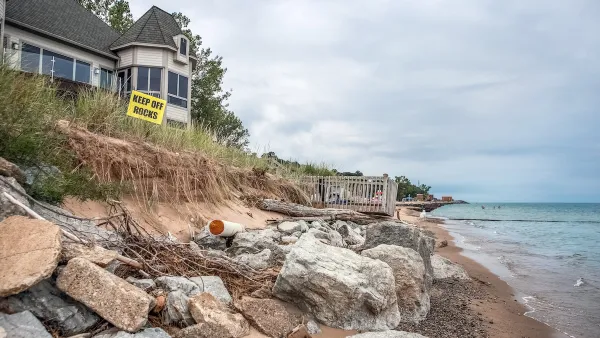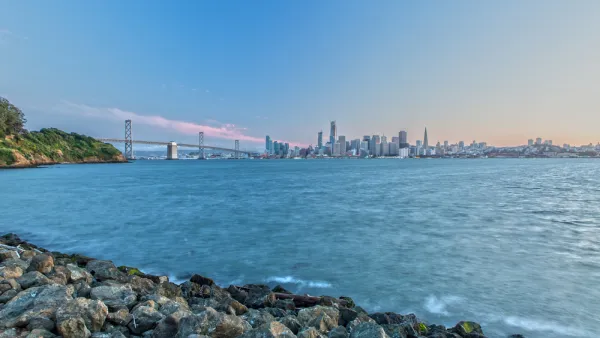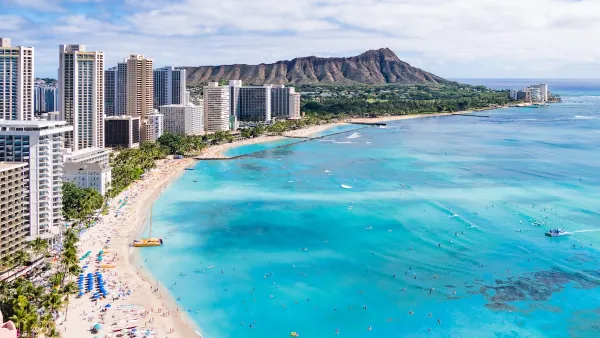California’s aging piers face growing threats from climate change, with intensifying storms, rising repair costs, and structural vulnerabilities forcing tough decisions about their future preservation.

California’s iconic piers, symbols of coastal culture and history, are increasingly imperiled by climate change. As reported by Noah Haggerty, recent storms, including those that severely damaged Santa Cruz Wharf and Ocean Beach Pier, have highlighted the vulnerabilities of these aging structures to intensifying storm patterns, rising sea levels, and unpredictable weather events. Despite ongoing efforts to reinforce piers with structural upgrades, the challenges of climate change are outpacing these interventions. Scientists warn that shifts in storm direction, fueled by warming temperatures, are striking even sheltered piers, creating an urgent need for strategic planning and resource allocation to preserve these landmarks.
The costs of maintaining and upgrading piers are steep, with repairs often running into millions of dollars and leaving piers closed for years. Santa Cruz Wharf, for example, faced delays due to lawsuits over environmental impact reports, while interim repairs began too late to prevent further damage from extreme storms. Similarly, San Diego’s Ocean Beach Pier has been deemed irreparable, necessitating an $8 million replacement project. Many other piers, such as the Ventura Pier, have required substantial restoration following storm-induced damage, and some, like Seacliff State Beach Pier, have been removed entirely after severe deterioration.
California’s coastal piers are at a crossroads. Most were built over a century ago, originally designed for calmer seas and different purposes. While they now serve as cultural and recreational hubs, the question of their future looms large. With limited resources, officials must make tough decisions about which piers to protect and how to adapt to the changing climate. As Patrick Barnard of the U.S. Geological Survey notes, strategic prioritization will be key as the state grapples with the growing impacts of climate change on its historic coastal infrastructure.
FULL STORY: California’s piers may not be able to withstand climate change

National Parks Layoffs Will Cause Communities to Lose Billions
Thousands of essential park workers were laid off this week, just before the busy spring break season.

Retro-silient?: America’s First “Eco-burb,” The Woodlands Turns 50
A master-planned community north of Houston offers lessons on green infrastructure and resilient design, but falls short of its founder’s lofty affordability and walkability goals.

Delivering for America Plan Will Downgrade Mail Service in at Least 49.5 Percent of Zip Codes
Republican and Democrat lawmakers criticize the plan for its disproportionate negative impact on rural communities.

Test News Post 1
This is a summary

Test News Headline 46
Test for the image on the front page.

Balancing Bombs and Butterflies: How the National Guard Protects a Rare Species
The National Guard at Fort Indiantown Gap uses GIS technology and land management strategies to balance military training with conservation efforts, ensuring the survival of the rare eastern regal fritillary butterfly.
Urban Design for Planners 1: Software Tools
This six-course series explores essential urban design concepts using open source software and equips planners with the tools they need to participate fully in the urban design process.
Planning for Universal Design
Learn the tools for implementing Universal Design in planning regulations.
EMC Planning Group, Inc.
Planetizen
Planetizen
Mpact (formerly Rail~Volution)
Great Falls Development Authority, Inc.
HUDs Office of Policy Development and Research
NYU Wagner Graduate School of Public Service





























